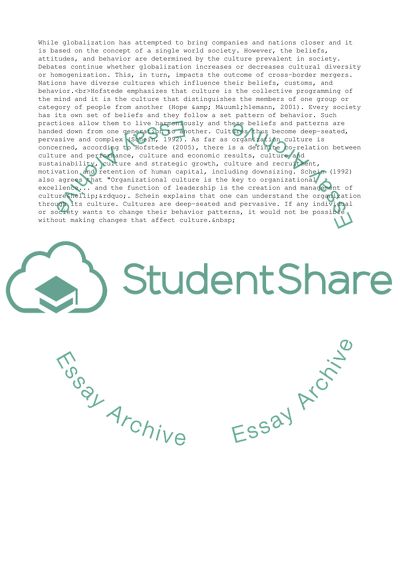Cite this document
(Integration and Cultural Change Processes in Mergers and Acquisitions Dissertation - 1, n.d.)
Integration and Cultural Change Processes in Mergers and Acquisitions Dissertation - 1. Retrieved from https://studentshare.org/management/1726958-international-business-environment
Integration and Cultural Change Processes in Mergers and Acquisitions Dissertation - 1. Retrieved from https://studentshare.org/management/1726958-international-business-environment
(Integration and Cultural Change Processes in Mergers and Acquisitions Dissertation - 1)
Integration and Cultural Change Processes in Mergers and Acquisitions Dissertation - 1. https://studentshare.org/management/1726958-international-business-environment.
Integration and Cultural Change Processes in Mergers and Acquisitions Dissertation - 1. https://studentshare.org/management/1726958-international-business-environment.
“Integration and Cultural Change Processes in Mergers and Acquisitions Dissertation - 1”, n.d. https://studentshare.org/management/1726958-international-business-environment.


